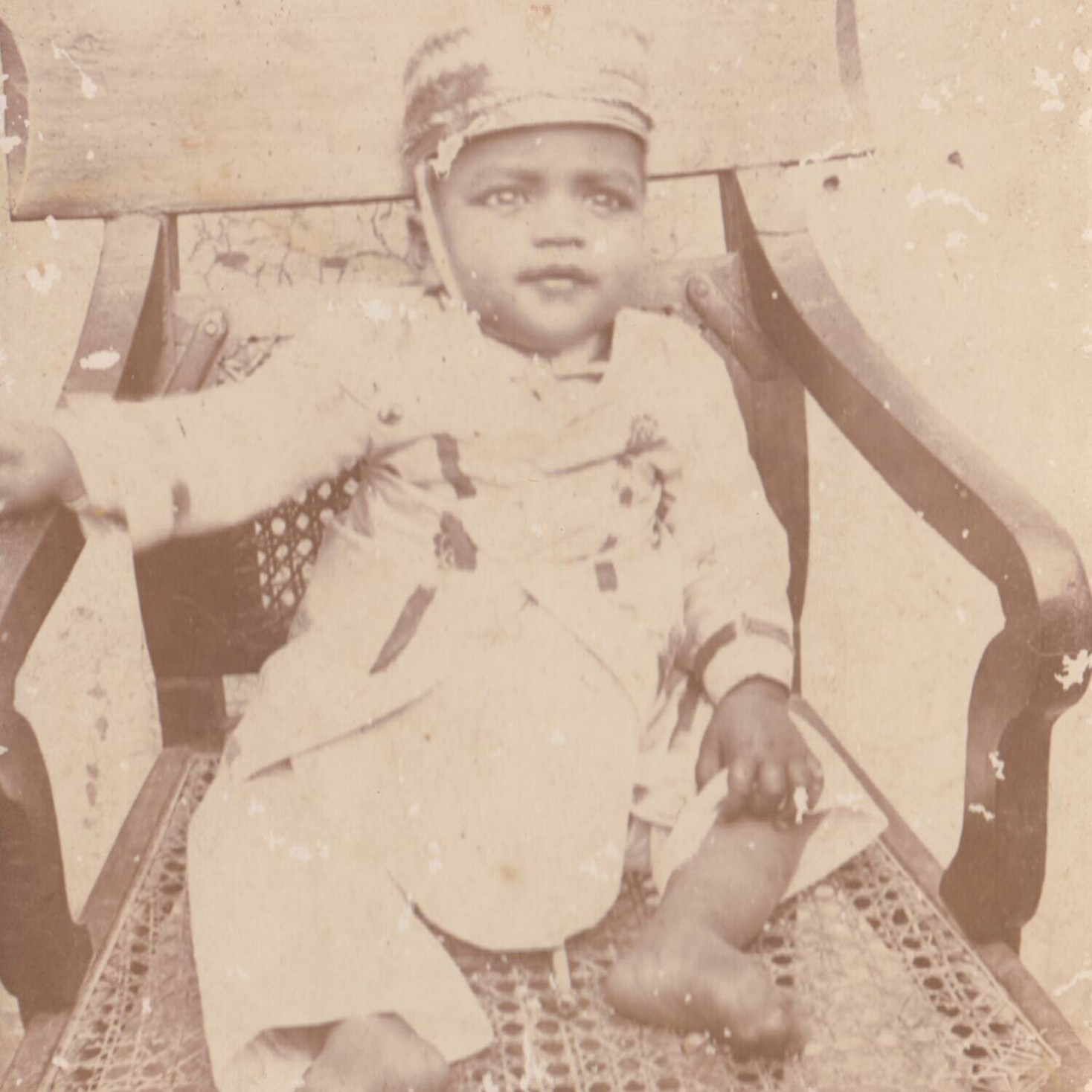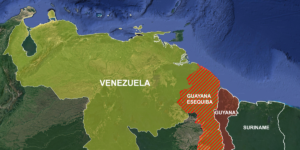The first known victim of polio lived and died in the 14th century B.C., during Egypt’s 18th dynasty. He is immortalized on a carved limestone slab, the Stele of Roma the Doorkeeper.
In the carving, Roma leans against a tall staff, holding a goblet in his left hand. His left leg is muscular, the foot planted flat against the earth. By contrast, his right leg seems shrunken. His right knee is bent, and the muscles of his calf have wasted away. The toes of his right foot rest lightly on the ground, as if he is a ballerina posing en pointe.
Thousands of years after Roma died, decades after the Americas were declared “polio-free,” a 20-year-old man in Rockland County, N.Y., arrived at a hospital in summer 2022 unable to walk. His legs were limp and weak, his abdomen was painfully distended, and his neck was rigid. In his stool, and in the sewage systems of Rockland County and New York City, scientists found fragments of the poliovirus that had ravaged the man’s spinal cord and left him paralyzed.This year, four children in Israel tested positive for poliovirus, and the virus has been detected in wastewater throughout Europe and Africa.
This global reemergence seemed to be the result of a more contemporary pandemic: covid-19.
Pandemic lockdowns, overburdened public health infrastructures and burgeoning public mistrust of vaccinations have led to tens of millions of children missing essential vaccines, a devastating blow to herd immunity that the World Health Organization described as the worst setback to vaccination campaigns in the three decades since its Global Polio Eradication Initiative was launched in 1988 with an elusive official mission of eradicating polio by the year 2000.
In response, scientists have redoubled their efforts: In June, two newly developed oral polio vaccines were featured in the journal Nature. The same month, Gavi, the organization that supplies vaccinations throughout much of the world, approved a new combination vaccine for distribution beginning in 2024. And an August article in Nature reported that Afghanistan and Pakistan — the only countries where wild poliovirus remains endemic — are closer than ever to eradication.
But polio has an insidious reach.
In the vast majority of people, polio causes no symptoms. About 1 in 4 of those infected will have mild symptoms, akin to a cold or stomach flu. Some 1 to 5 in 100 will have the symptoms of meningitis, neck pain and a fever. Just 1 in 200 people infected with polio will develop paralytic polio, in which the virus afflicts the brain and spinal cord.
Paralytic polio is as unrelenting and unforgiving as it is rare: The symptoms of paralytic polio are lasting, and even those who recover often relapse decades later, victims of a poorly understood “post-polio syndrome” that eventually afflicts the majority of the world’s tens of millions of polio survivors. Like long covid, post-polio syndrome inevitably follows any polio epidemic, leaving a second, equally devastating epidemic in its wake.
I never thought about polio until 2013, when I was a medical student and my grandfather — then in his 90s — began to wither away from post-polio syndrome. His symptoms were barely noticeable at first — a hoarseness of his voice, already phlegmy with age, then a resonant snore that worsened my grandmother’s already intolerable insomnia until she took to sleeping upright on the sofa.
Polio epidemics drove the invention of modern breathing machines — first the iron lung and later the ventilators we use in intensive care units today — but when he began to gasp for breath in his sleep, my grandfather — Ravi Prakash — made clear that he had no interest in intensive care.
That summer, I was entering my final year of medical school, still unsure what kind of doctor I would become. On a visit to India, I followed my grandfather to the neurologist, where he lay on an exam table, impossibly frail beneath a cloth gown.
The neurologist showed me the twitching fasciculations of my grandfather’s atrophied left leg, the movements sudden and dysrhythmic, like a snake writhing in a cloth sack. Fasciculations, the neurologist explained, were the disoriented gasps of dying muscle fibers, contracting wildly and helplessly without a motor neuron to direct them.
By examining my grandfather’s leg, his neurologist could understand something of his story, even prophesy his future — the rural village where my grandfather grew up without an underground sanitation, where he first contracted polio as a child, and the way that, in the months to come, my grandfather’s faint cough would blossom into a painful, inexorable hack that made him afraid to eat.
It was hard for my grandfather to remember when in his childhood he contracted polio, but his case is far from unusual: Until the early 2000s, India bore 85 percent of the world’s polio burden. Thanks to widespread vaccination, however, no new cases of polio have been reported in India in over 12 years. The heartbreaking irony of paralytic polio in the 21st century is that it is preventable.
My grandfather’s death on Feb. 14, 2016, was not a tragedy. He died at 93, loved and exhausted. Three years before he died, with just the barest inkling that something in his body was failing, my grandfather dictated his autobiography. “My name is Ravi Prakash,” he began. “I am 89 years and ten months old. I have seen the world around me change beyond recognition.”
My grandfather lived to see the sequencing of the poliovirus and the development of the first polio vaccine. He lived to see polio eradicated in the United States, then India. He lived to see polio largely consigned to the dustbin of history. But it will require vigilance to keep it there.




